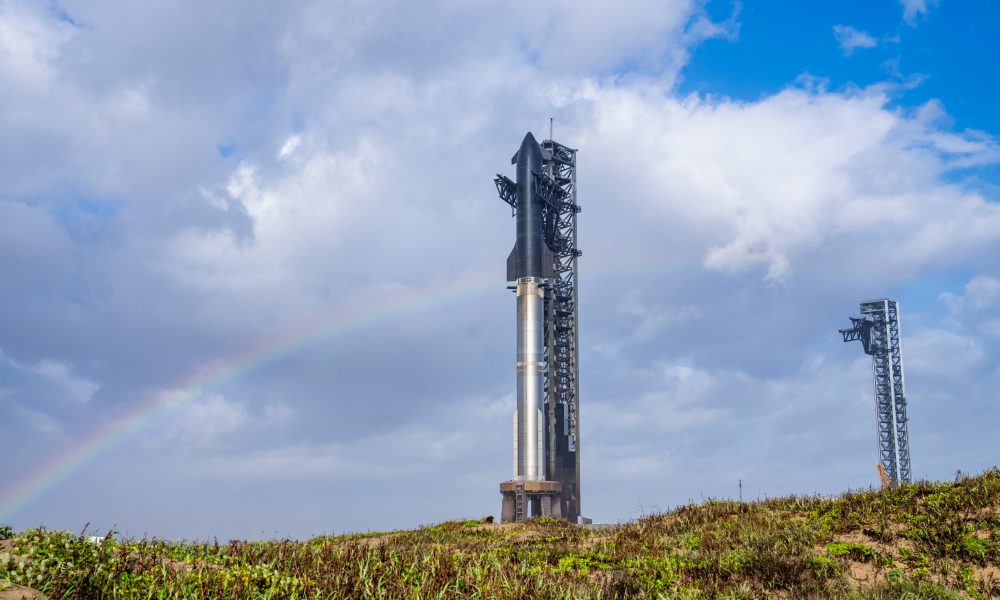Teslarati
1M
403

Image Credit: Teslarati
SpaceX Starship Flight 9 recap: objectives & outcomes
- SpaceX's Starship Flight 9 launched from Starbase Texas, including a reused Super Heavy booster and Ship 35 as the upper stage with 33 Raptor engines on the booster and 6 on the upper stage.
- Objectives of Starship Flight 9 included demonstrating booster reuse, deploying Starlink satellite simulators, performing an in-space Raptor engine relight, testing upgraded heat shield tiles, and achieving a controlled re-entry.
- Outcomes of Starship Flight 9 included the loss of the booster over the Gulf of Mexico, failure to deploy Starlink satellite simulators due to a payload bay door issue, and fuel leak causing loss of attitude control during re-entry.
- SpaceX deemed Starship Flight 9 a partial success, gathering valuable data on booster reuse and system behavior, furthering the goal of full reusability and reducing mission costs to Earth orbit, Moon, and Mars.
Read Full Article
24 Likes
For uninterrupted reading, download the app